Following San Francisco-based Occipital's successful Structure Sensor Kickstarter campaign, the release of its Bridge AR/VR headset, as well as a string of technology and company acquisitions, the company has built a rather strong name for itself in the AR community. And now, with the first public release of its Bridge Engine on Thursday, the company continues to expand the features its platform has to offer, with hopes of bringing in more developers to utilize it.
The Bridge Engine, an Apple iPhone/iPad-based SDK created for use with the Structure Sensor, adds several features and capabilities to iOS devices that bring them much closer to parity with a sophisticated AR device like the HoloLens, as opposed to the relatively simple functionality of the more mainstream mobile AR options currently available.
In private beta since it was revealed at CES 2016, the Bridge Engine has for some time offered features like 6-DoF (degrees of freedom) tracking, inside-out tracking, precise occlusion, real-time physics and shadows, as well as the ability to easily import your local environment in Unity. Many of these features are powered by the highly detailed spatial mapping created by the Structure Sensor, which is arguably more detailed and processed far quicker than most of its contemporaries.
With the first public release of Bridge Engine, a number of new features have been introduced, including support for Apple's 3D Hardware Acceleration API, support for Metal as an alternative to OpenGL with SceneKit and Unity solutions, physically-based rendering (PBR), and enhanced lighting through full Linear Color Space support in SceneKit and Unity.

Occipital Inc.
Up to this point, Occipital seemed to be primarily focused on the functionality of its API and maximizing the possibilities of its hardware. But with this release, the company has shown a shift in focus to visual quality.
For those anxious to try out this engine, another cool feature of the latest release is the fact that you can use Unity to get your project started, even if you don't have a Structure Sensor.
And since Occipital has made this release is open to the public, anyone can now sign up for an account and gain access to the GitHub repository.
- Follow Next Reality on Facebook, Twitter, Instagram, YouTube, and Flipboard
- Sign up for our new Next Reality newsletter
- Follow WonderHowTo on Facebook, Twitter, Pinterest, and Flipboard
Cover image via Occipital Inc.











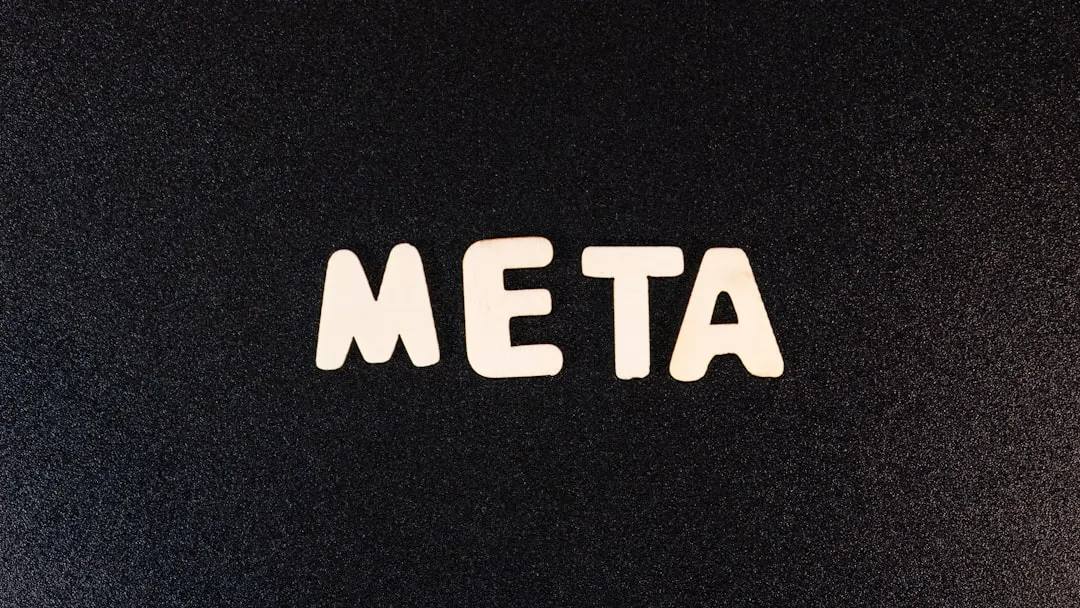


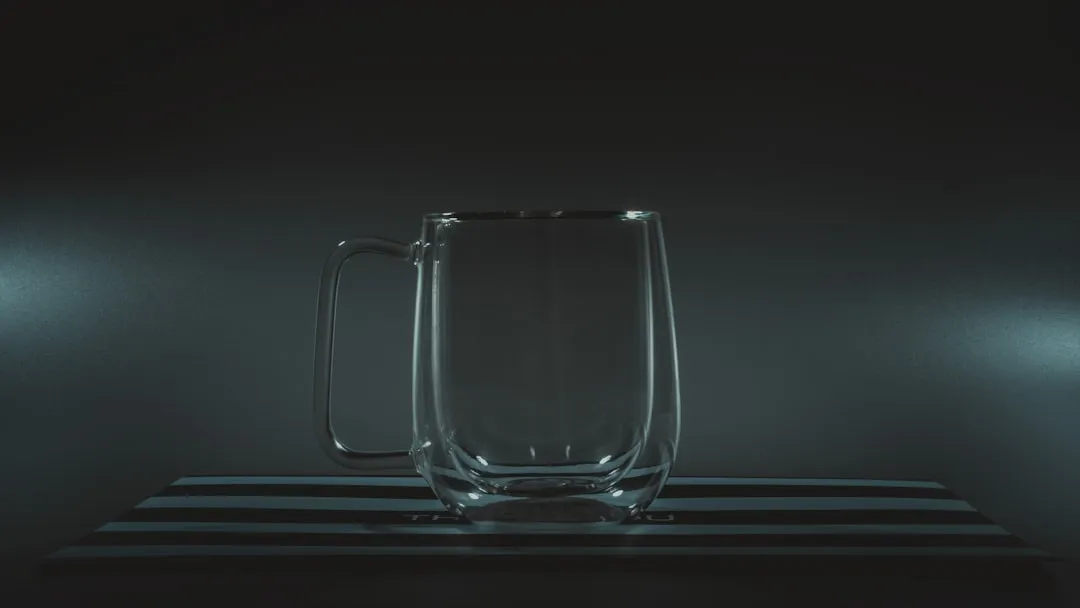
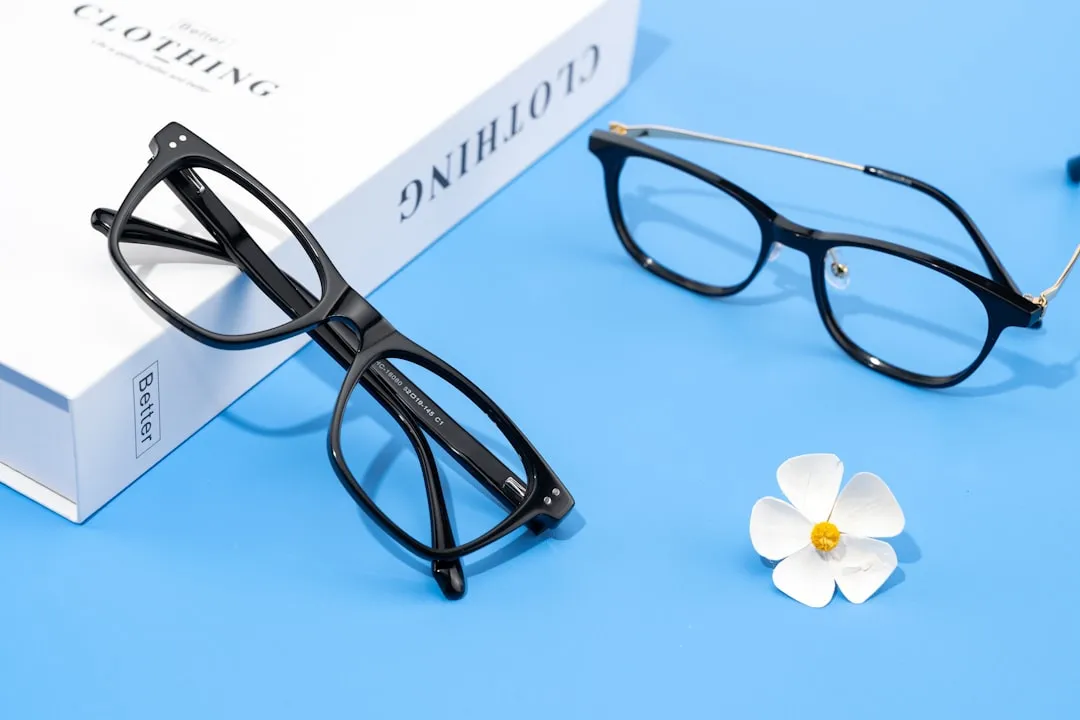
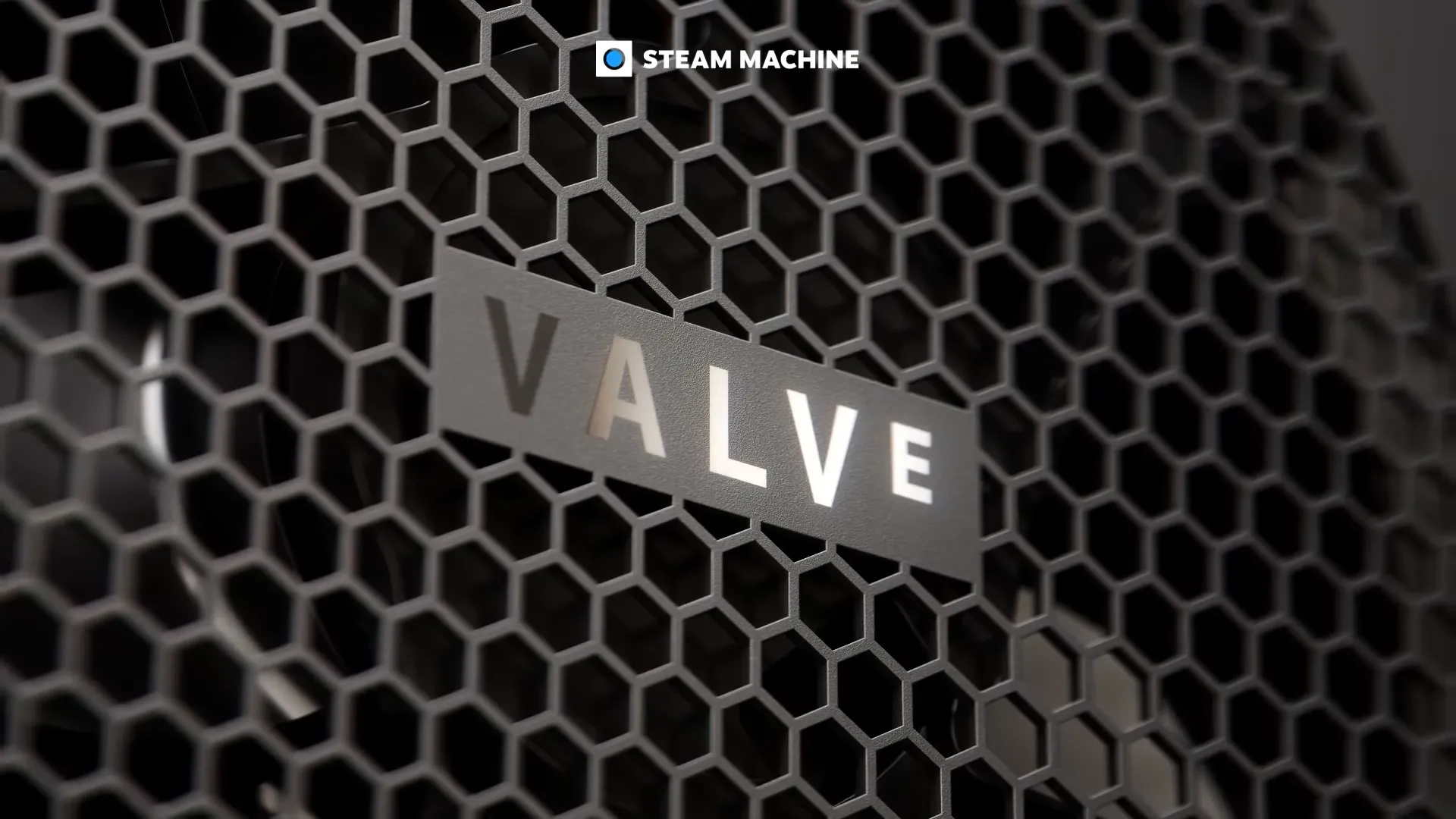
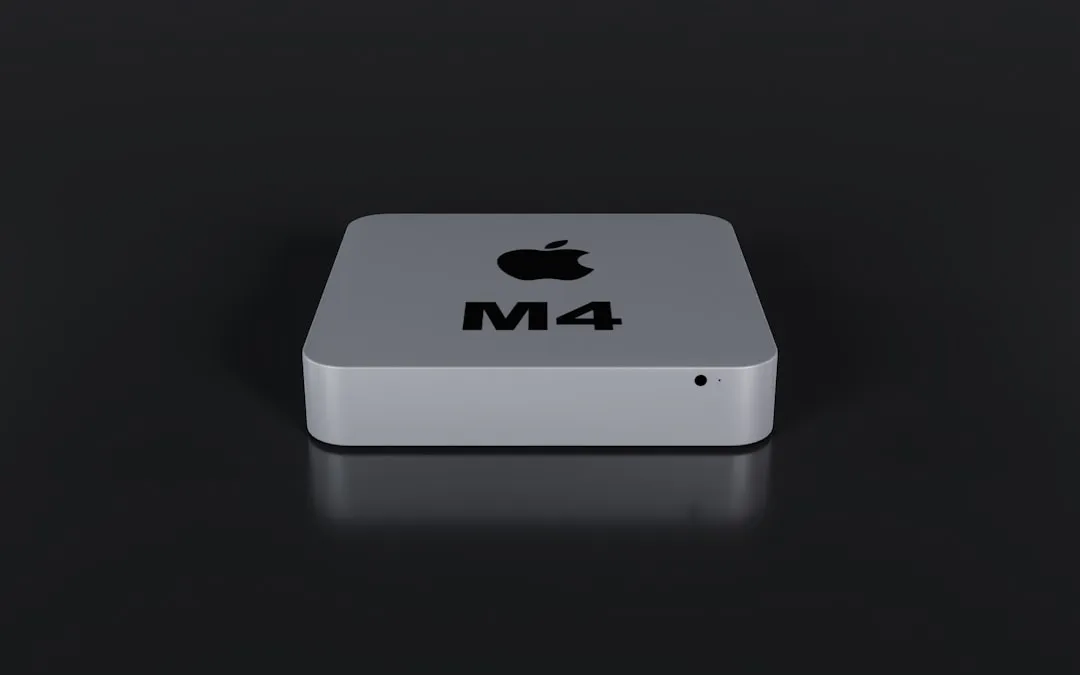
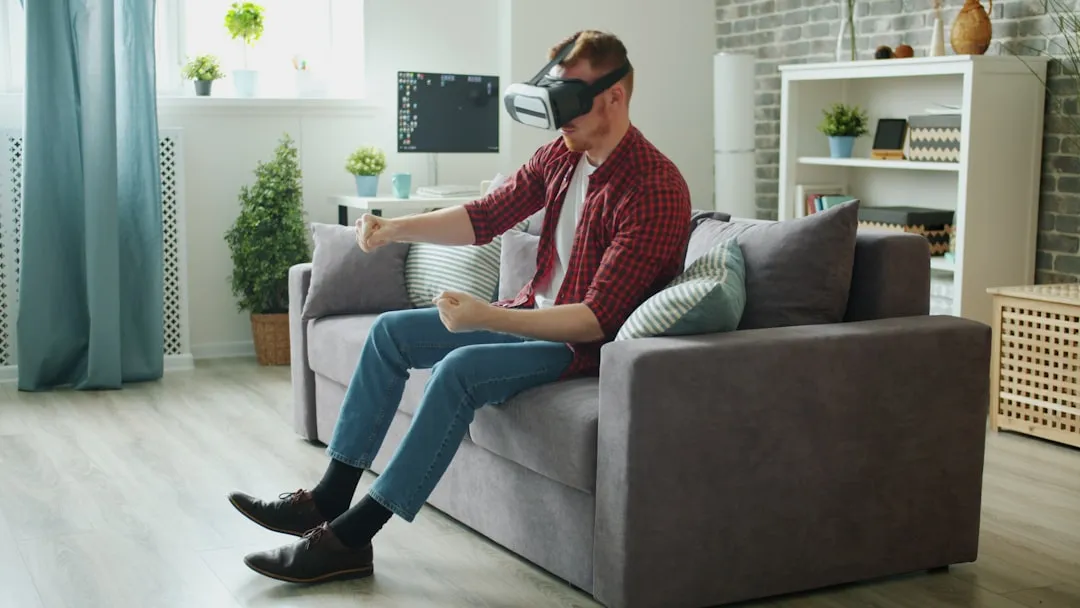
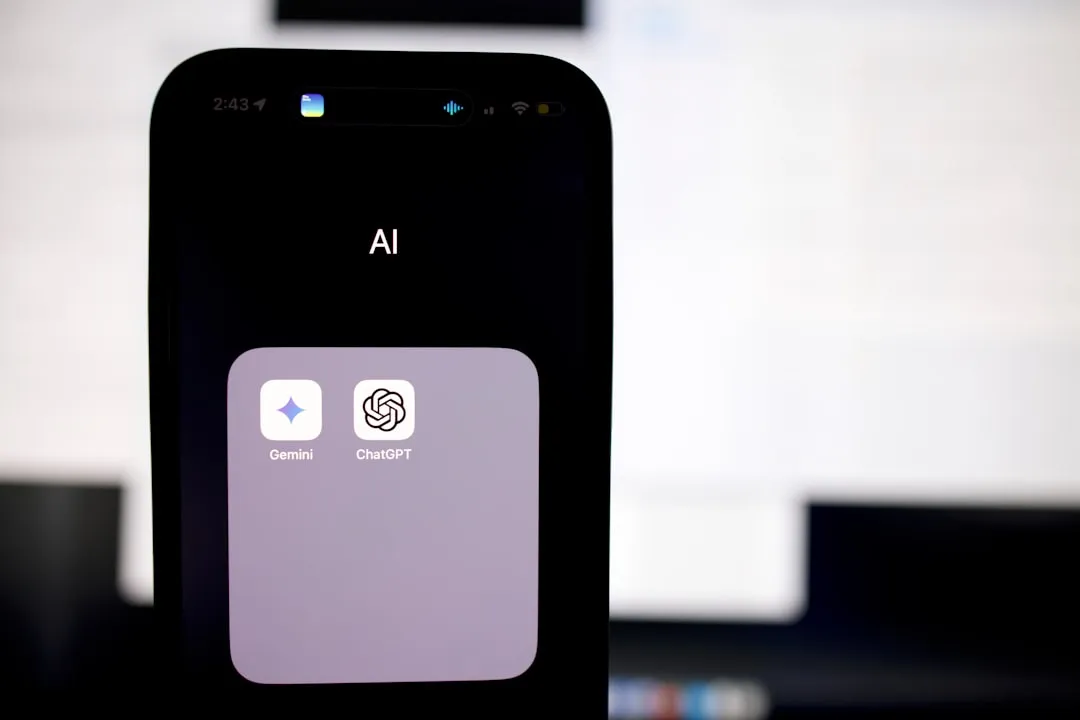
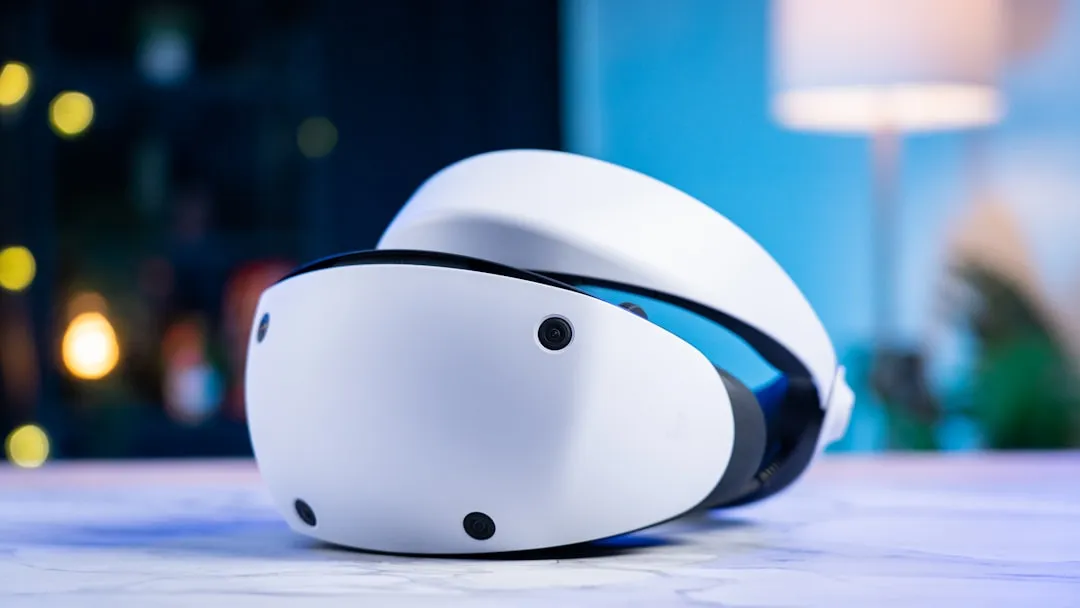

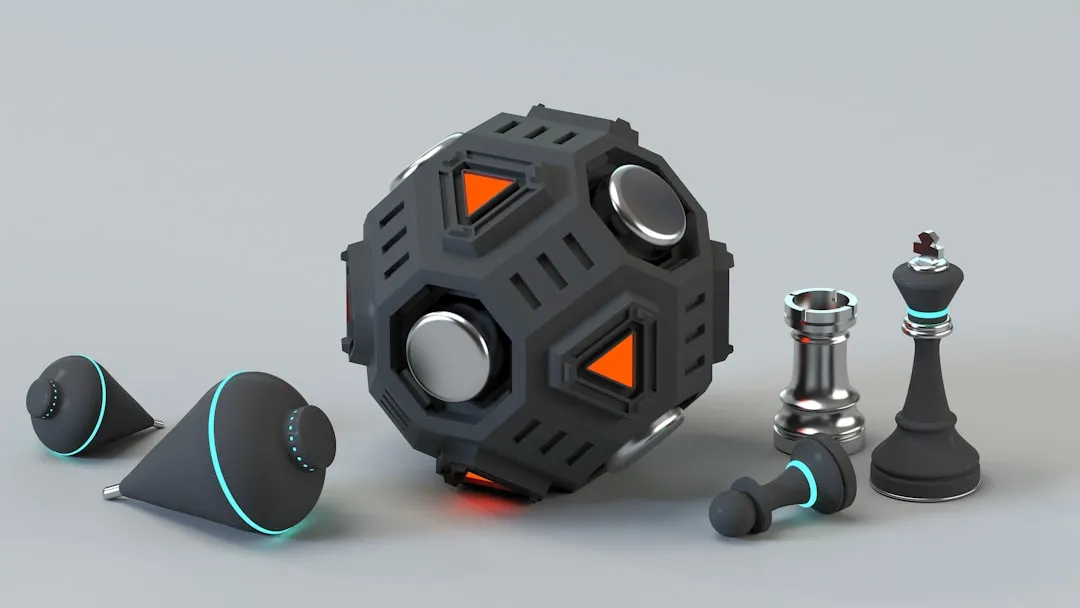

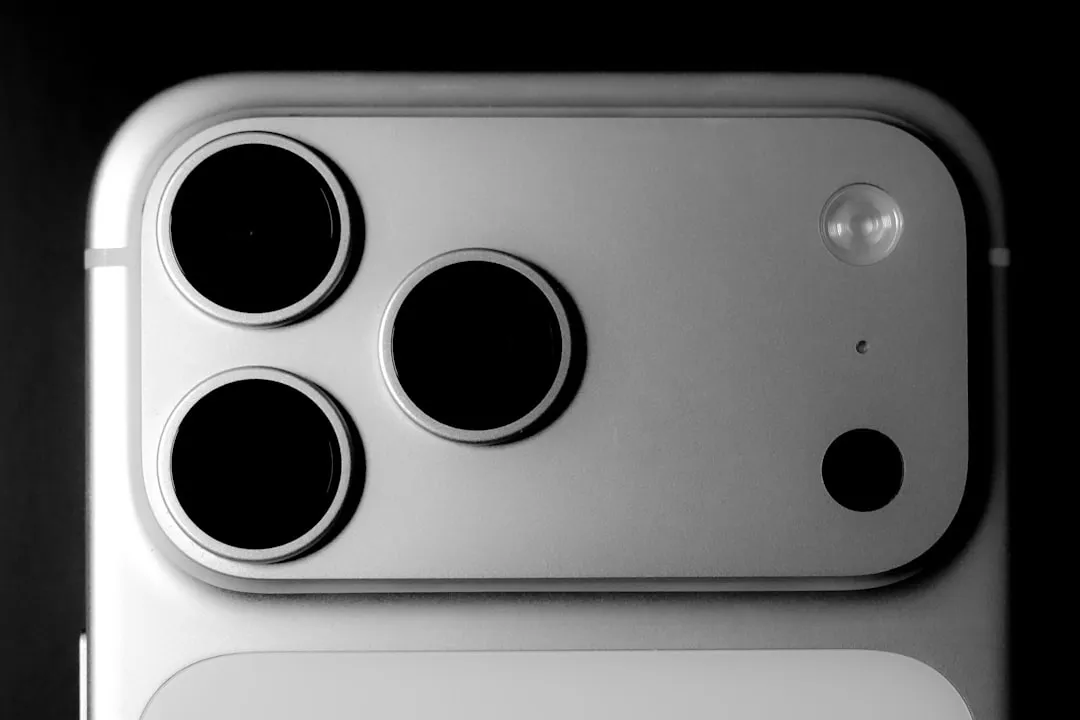
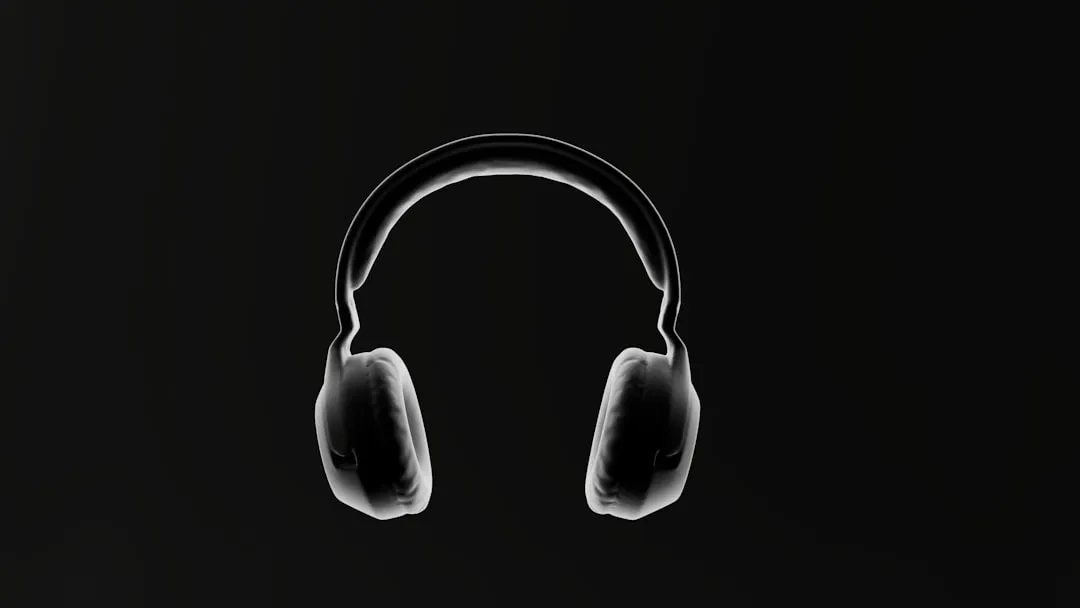
Comments
Be the first, drop a comment!